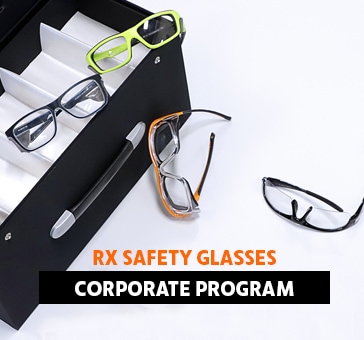3. Friend’s Assistance
For more accurate measuring, you can ask for friends’ assistance. For this method, you will only need a friend and a millimeter ruler.
STEP 1: Looking straight ahead and maintain a steady gaze on an object 10-20 feet away. Keep your eyes still.
STEP 2: Ask your friend to hold the ruler to your browline, aligning the ruler’s 0 mm line with the center of one pupil. Then, locate the ruler’s millimeter line that corresponds to the center of your other pupil. The resulting number is your pupillary distance.
4. Marking Method
You can also consider the DIY Marking Method. Grab a non-permanent felt-tip marker, your glasses, and a millimeter ruler.
STEP 1: With your glasses on, focus on an object at least 20 feet away.
STEP 2: Mark a dot on your right lens on top of the object.
STEP 3: Remove your glasses and use a ruler to measure the distance between the two dots. Align the ruler’s 0 mm line with one dot and locate the corresponding millimeter line on the other dot. The resulting number is your pupillary distance.






























































